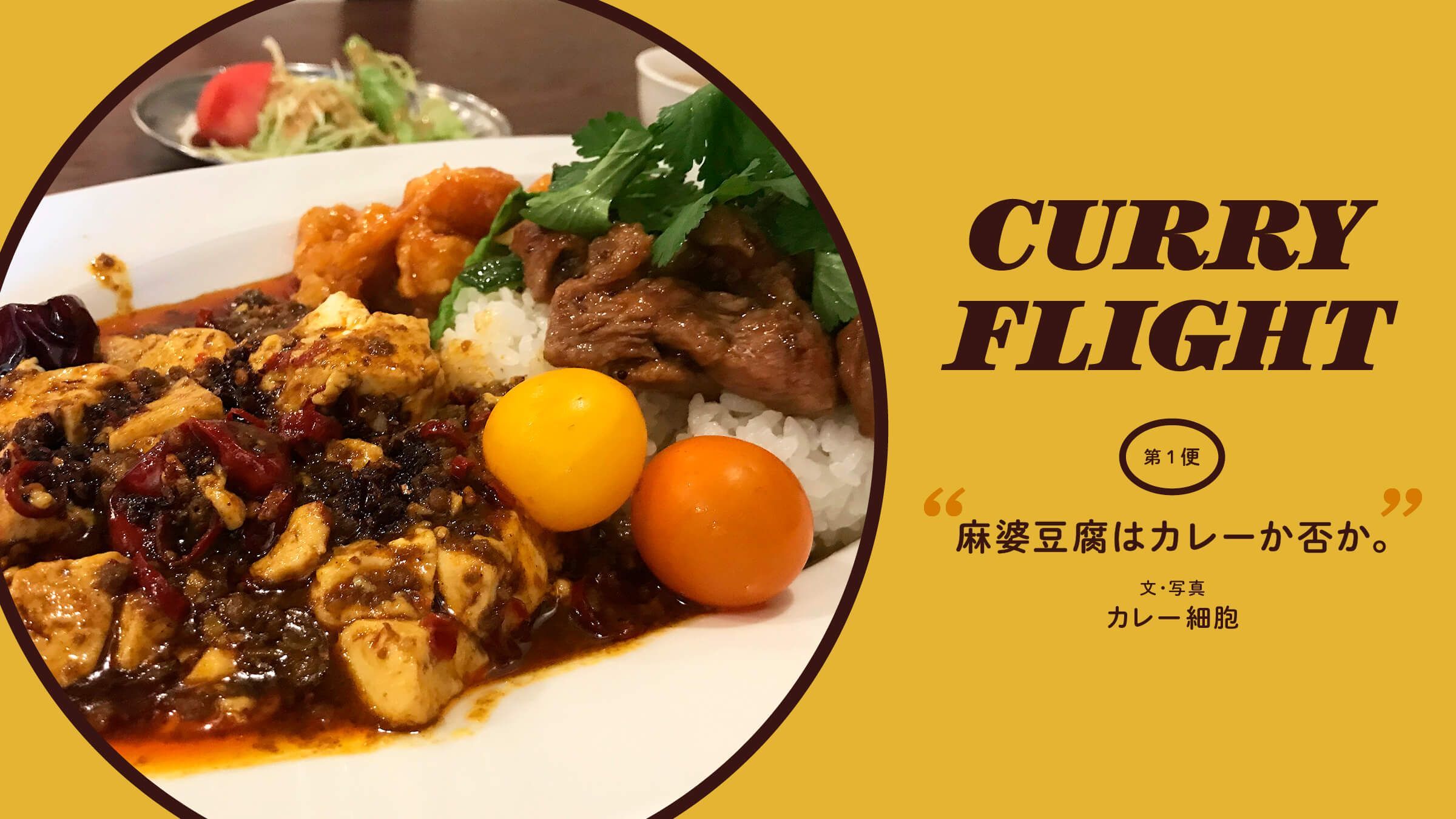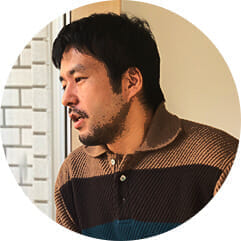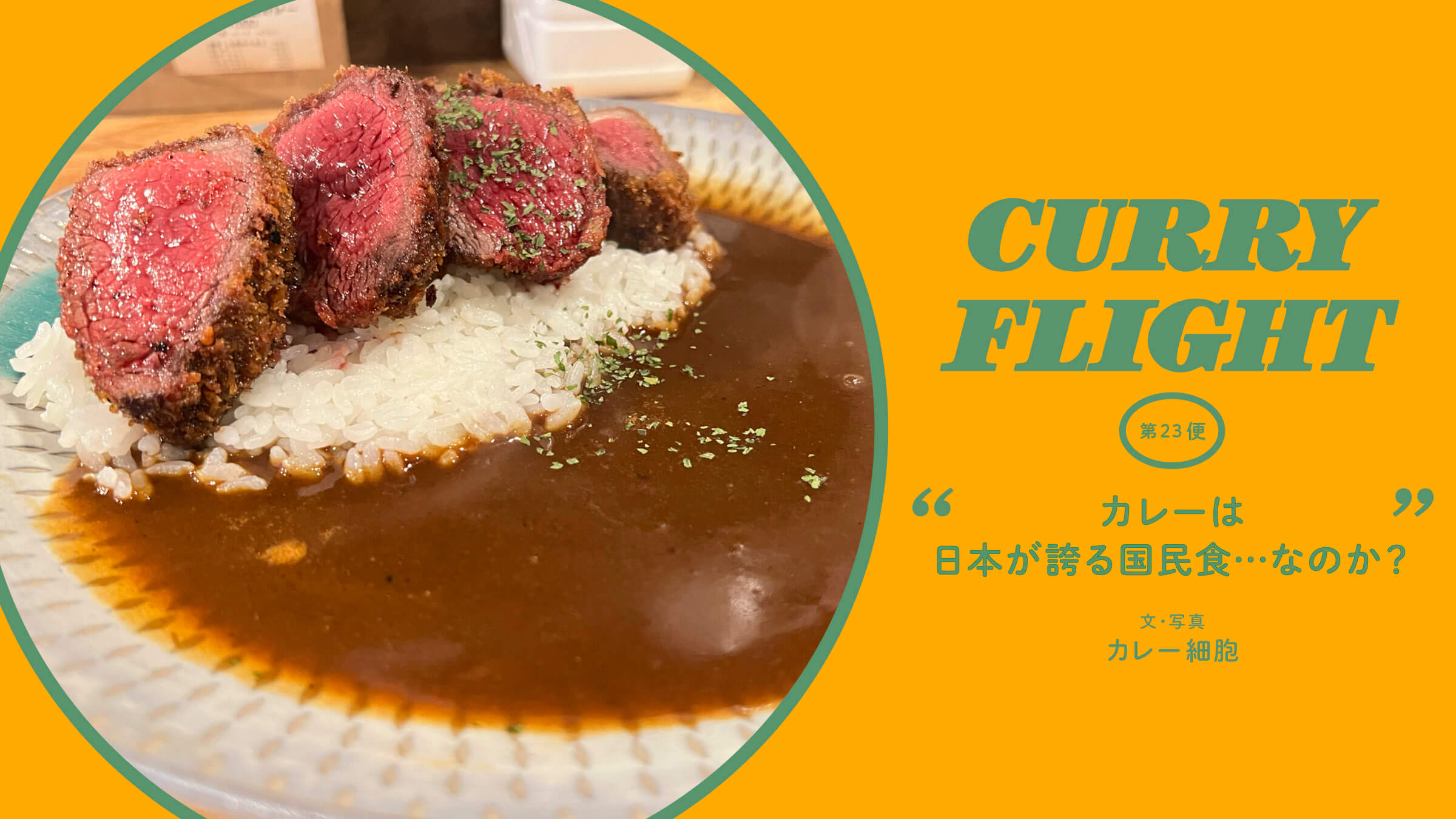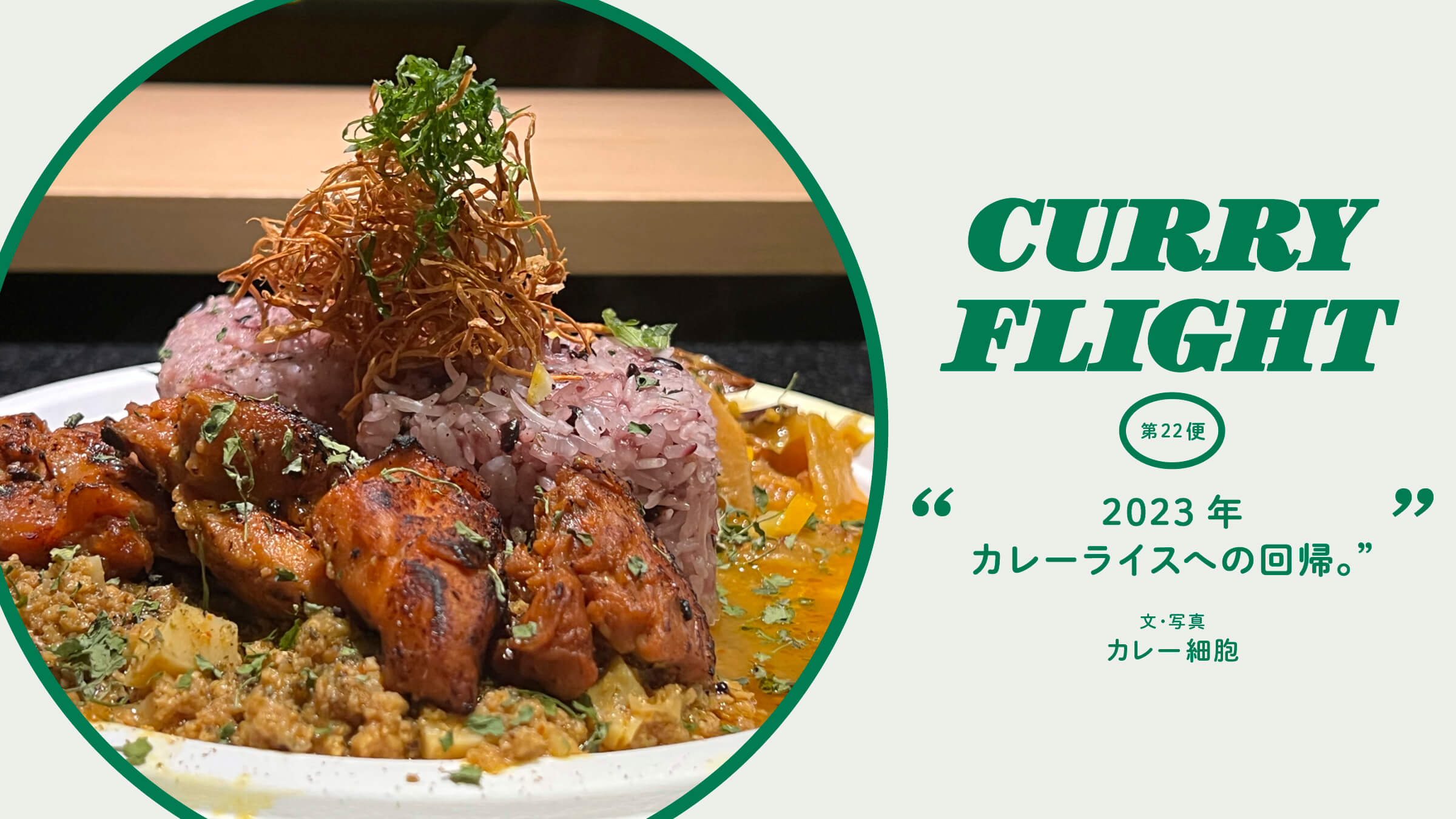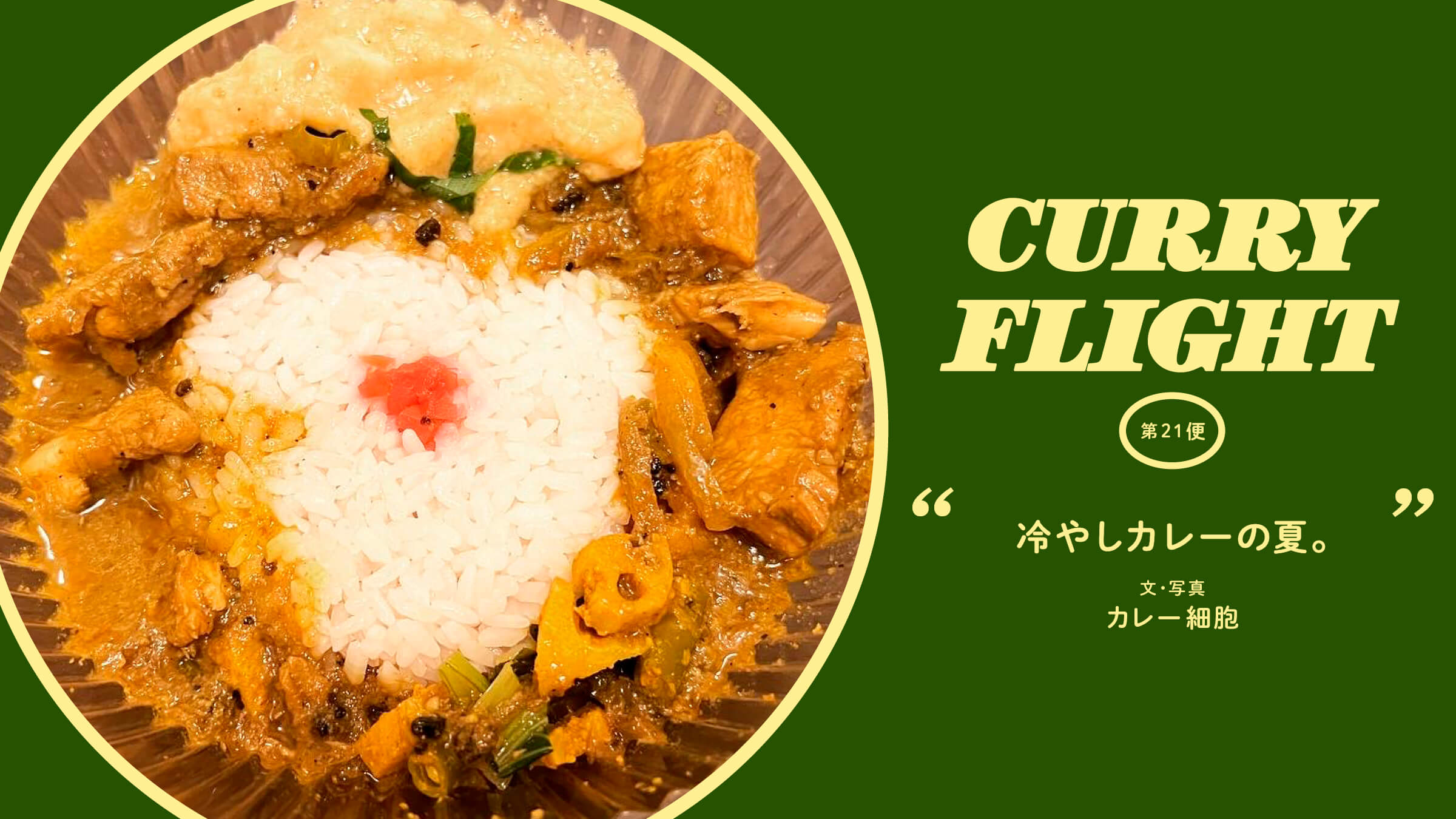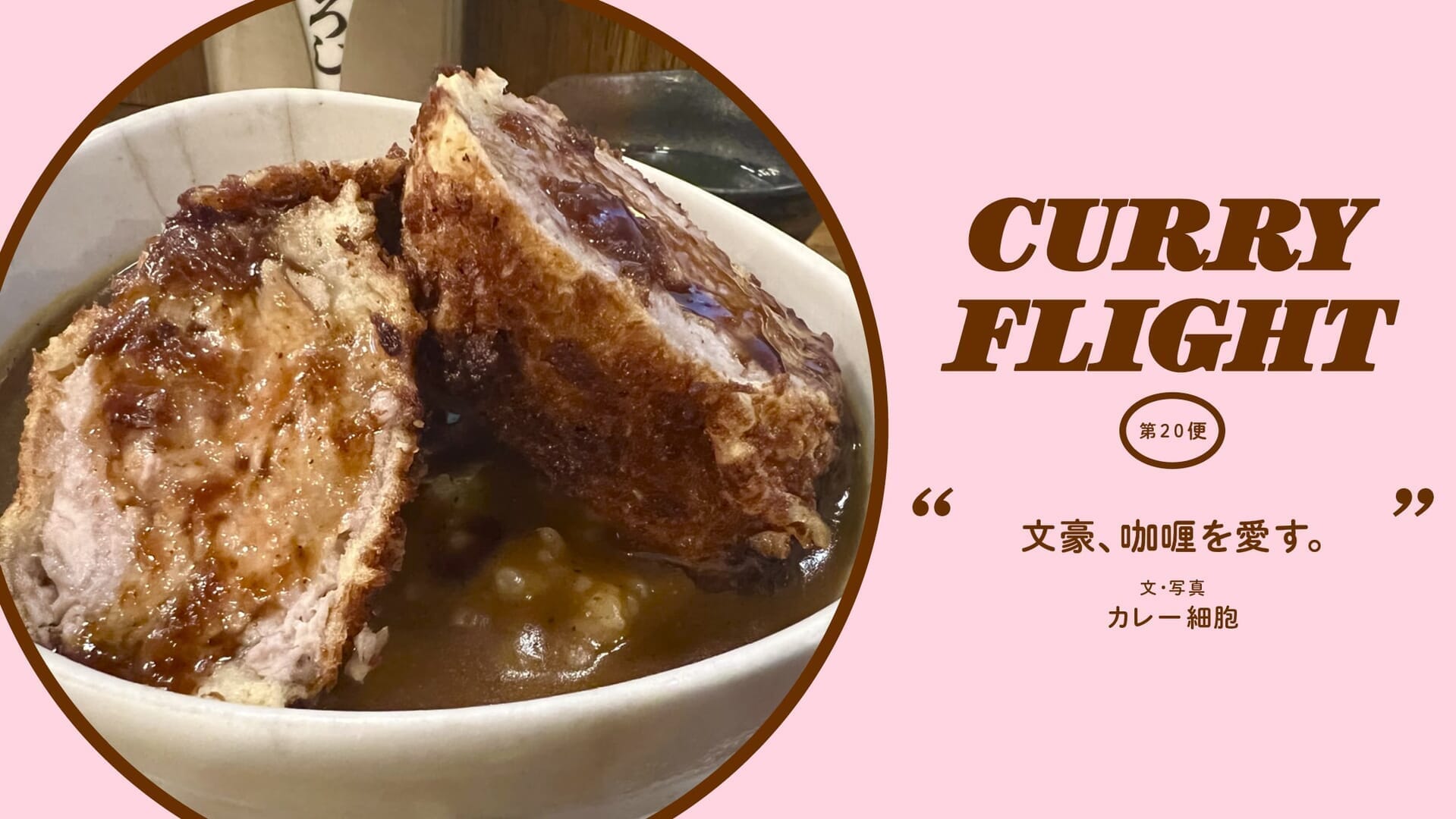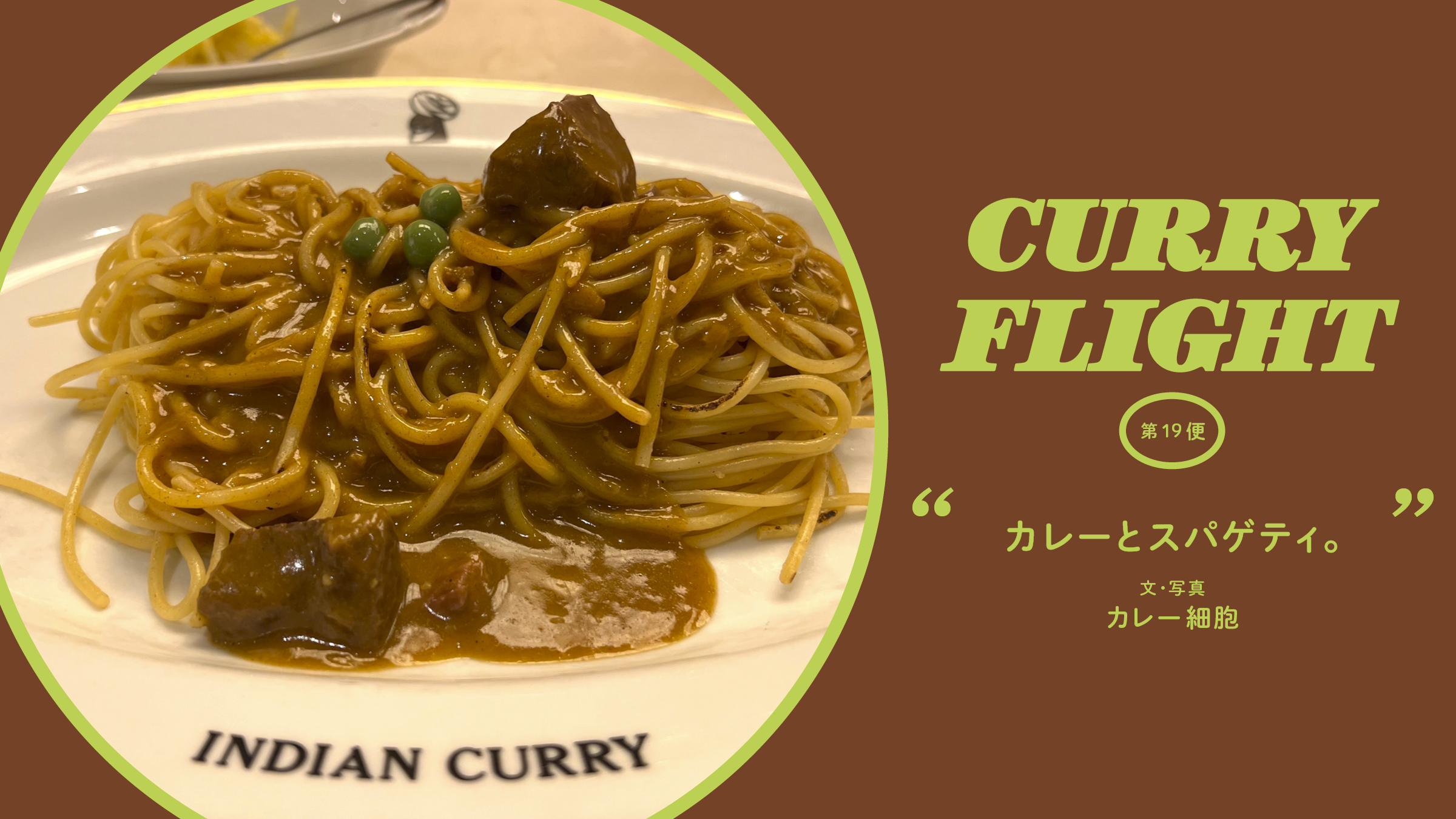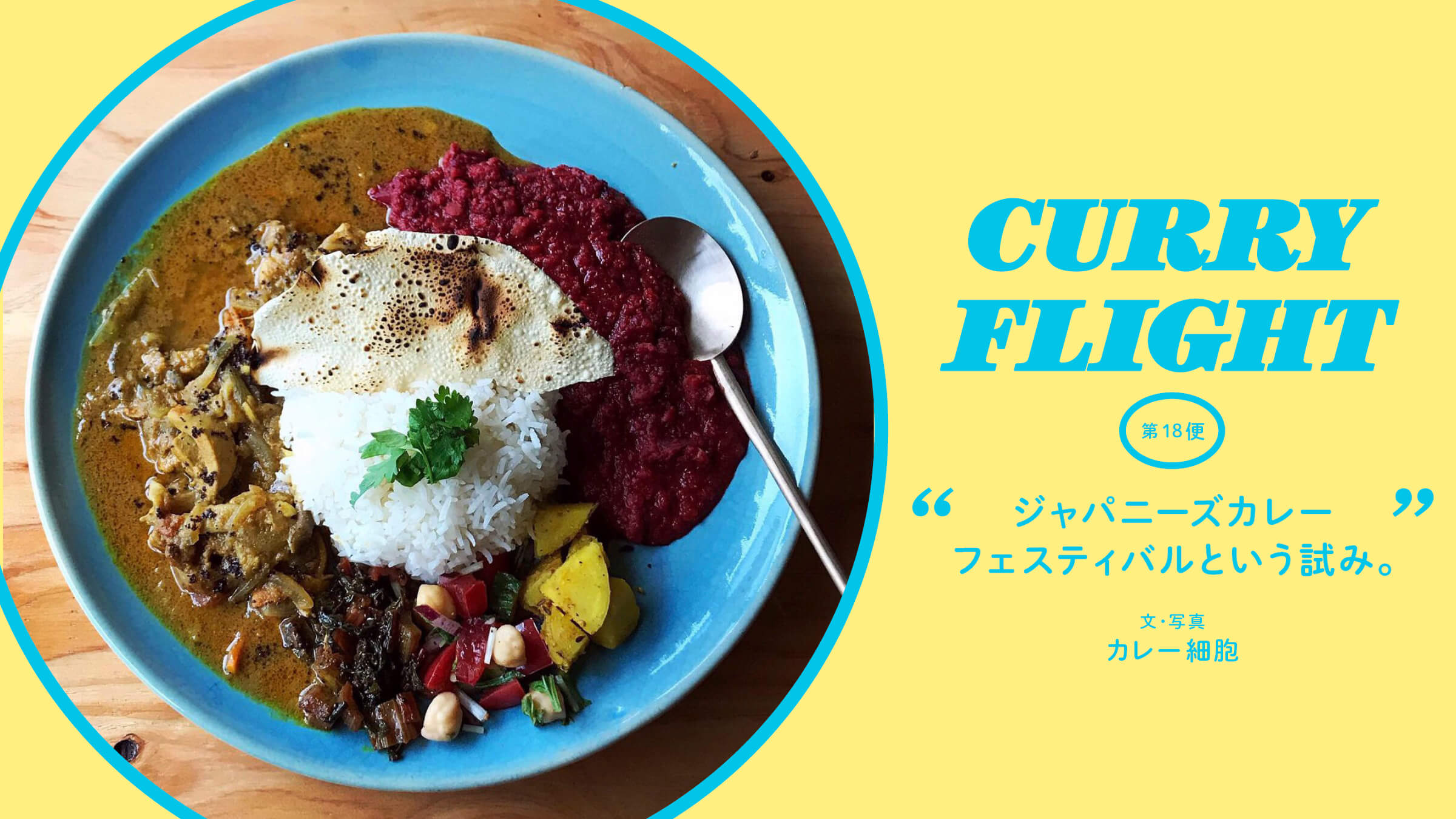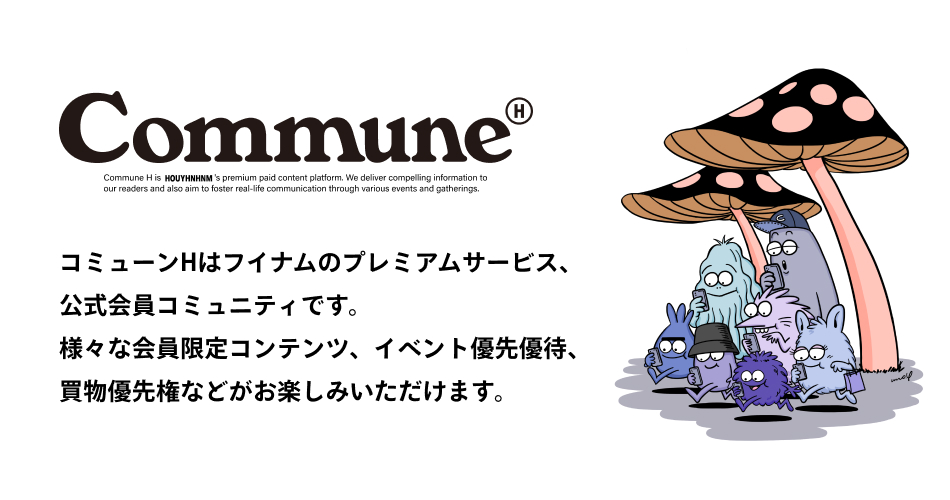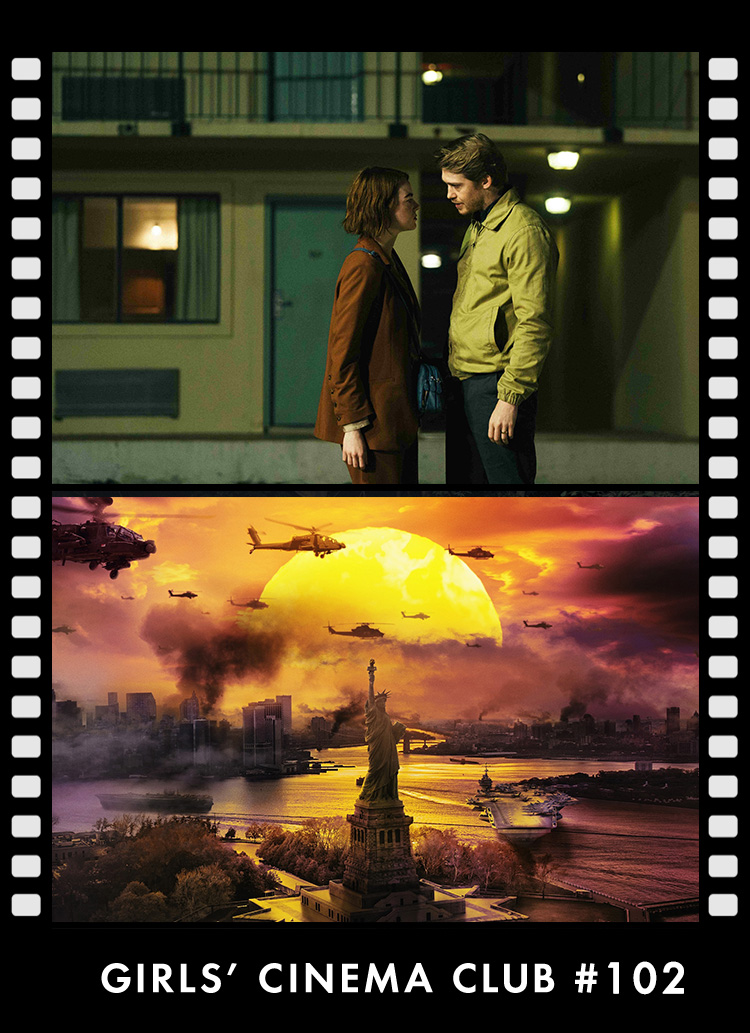First Flight Whether or not mapo doufu is curry or not.
I have been sending out curry information here and there under the name of "Curry Cell". In this first article of the Series, I would like to TRIP about what curry is in the first place.
What is curry? It is not an easy question to answer.
We all use the word "curry" without thinking, but what is the definition of "curry" that is common to "curry rice at home", "butter chicken curry at Indian restaurants", "Thai green curry", and "dry curry with lots of green peas often found in old-fashioned coffee shops"? What is the definition of curry?
Curry powder? No, no, Indian curry is made from spices. Then turmeric? No, no, it's not in Thai green curry... So what the heck?
If I had to say more, I would say that it is "heated over a fire," "made with chili peppers," and "made with cumin, fennel, and other spices of the celery family....
This brings up the new question posed in the title, "So, is Bean Curd Curry or not? Certainly, the dish and method of making it is exactly like curry. The mixed spices used in the dish, five spice powder, also contains fennel....
But we don't recognize mapo doufu as a curry.
No, no, there is curry and rice in China, and by that logic, green curry is not curry, but Thai food. It is really difficult, isn't it?
So, "what is curry"?
From here on, this will be my very subjective conversation. Any objections or counter-arguments are totally acceptable.
My answer to the question, "What is curry?" is two-fold.
First of all.
Curry is memory."
Almost all of us who grew up in Japanese culture have eaten curry rice as children. In fact, it is this memory of curry rice that is burned into our brains, which is probably the basis for our perception of whether or not an object is curry. It is not a matter of logic but of feeling that determines whether you say, "This is really curry," or "This doesn't look like curry. That is why people in Thailand call "green curry" "goen kyowan," which is categorized as "goen = soup," and why they insist that "mapo tofu," which is included in "Chinese food," a food genre as powerful as curry in their memories, is not a curry.
If you recognize it as curry based on your memory of curry, that's curry."
You may think, "What a tacked-on answer," but classification is not as simple as you might think.
Even in the world of living creatures, there is actually no definition that distinguishes a butterfly from a moth.
Another answer to the question, "What is curry?" is a bit more romantic.
Curry is a cultural hodgepodge of spices."
Curry culture in Japan came from England. The origin can be traced back to the British colonial rule in India and further back to the Age of Exploration, when the spice trade was at its height.
Originally from South America, chili peppers were introduced to India in the 16th century. Chili peppers began to be used in dishes where black pepper had previously been used.
Even India, the mother country of curry, seems to have had its beginnings in cross-cultural mixology.
But that is not all. Many North Indian curries were created by the Mughal invasion from the Middle East, Massaman curry was created by the Muslims in southern Thailand, curry from England was fused with Japanese rice culture to create curry rice, curry with pork cutlets was fused with Western food culture, and curry udon was fused with udon to create curry udon. Curry rice was born.
As I look at how new curries have been created each time we boldly incorporate different cultures, I am encouraged by the fact that there is no definition of what curry is, or what it must be, in response to the question "What is curry?
In other words, "curry" is a food diversity that can accept any different culture through spices, so to speak.
Evolving and changing itself even seems to be the essential significance of curry.
If the brain recognizes it as "curry," it is curry. Therefore, the number of drawers is infinite.
In fact, even now, one after another, curries that fuse different genres are appearing, surprising us all.
Rokko in Okubo, Tokyo, which fuses South Indian curry with Taiwanese roast rice; Yukuru in Fukuoka, which combines Okinawan cuisine with curry; and Spice Cuisine Idematsu in Osaka, where the fusion with French cuisine is delightful.
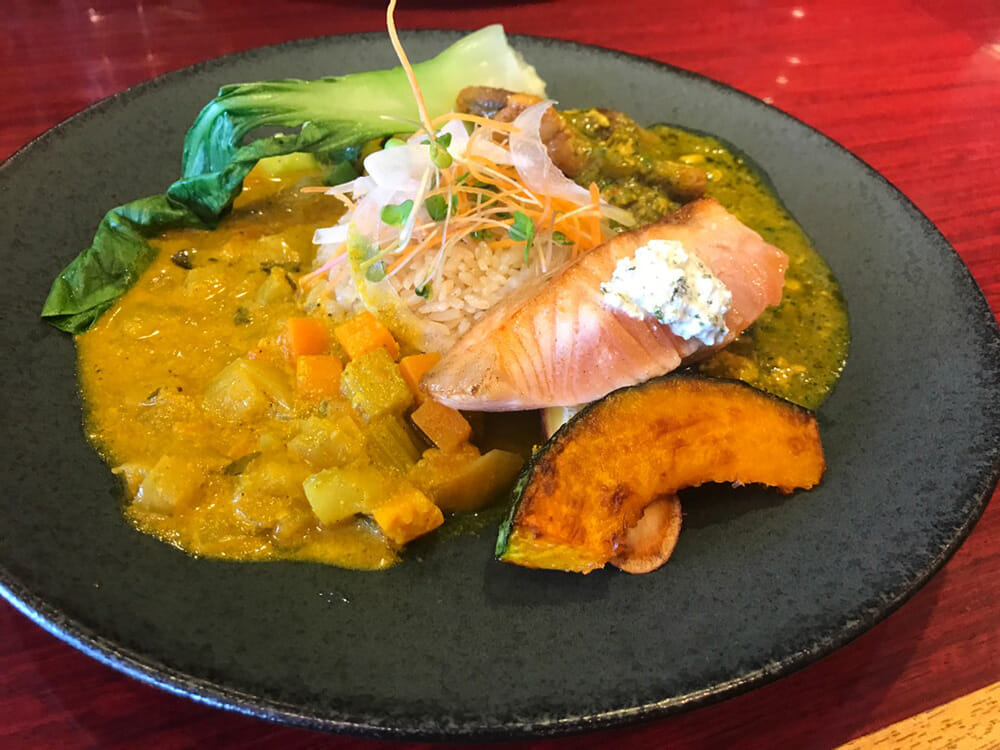
Fusion of French and Spiced Curry
Spiced Cuisine Idematsu.
The dish "Mapo Curry" is a curry-like dish that confronts the question "Is Bean Curd a Curry or not?
In other words, it is a dish made by arranging mapo doufu so that the brain recognizes it as curry. In Osaka, it was a popular menu item at a restaurant called "Hayashiya," but it was recently revived under the name "My name is Rin Rin.
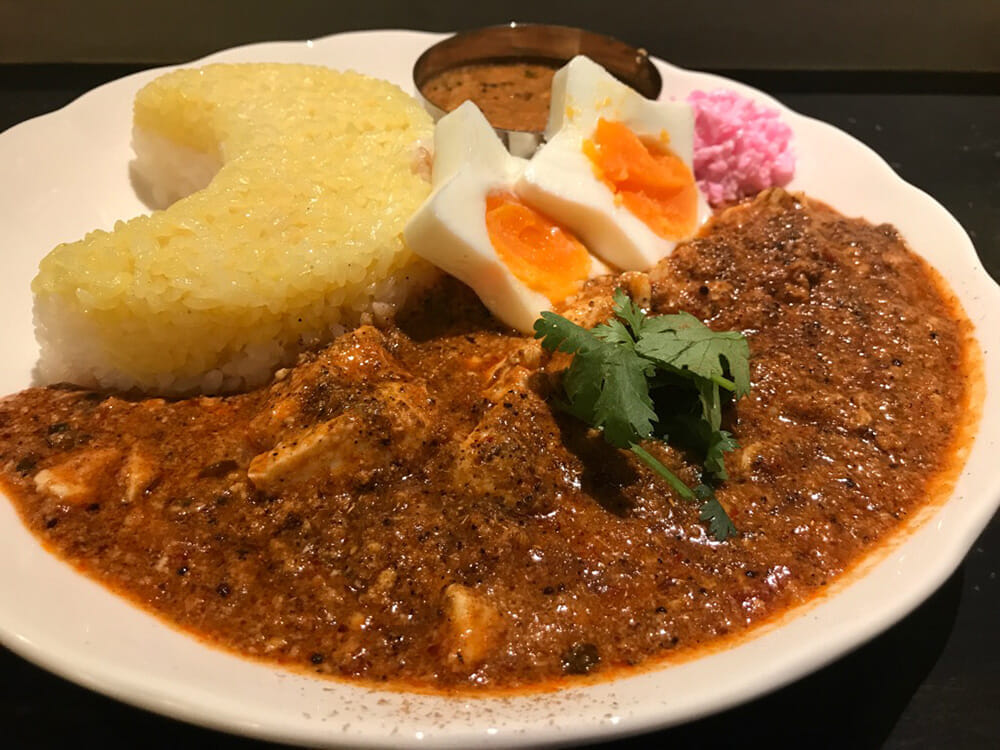
My nane is Rin Rin's revived "Mapo Curry".
You can also get excellent bean curd curry at Afterglow in Fukuoka, Hakkai in Osaka, and Caligari and Genrai Shukke in Tokyo.
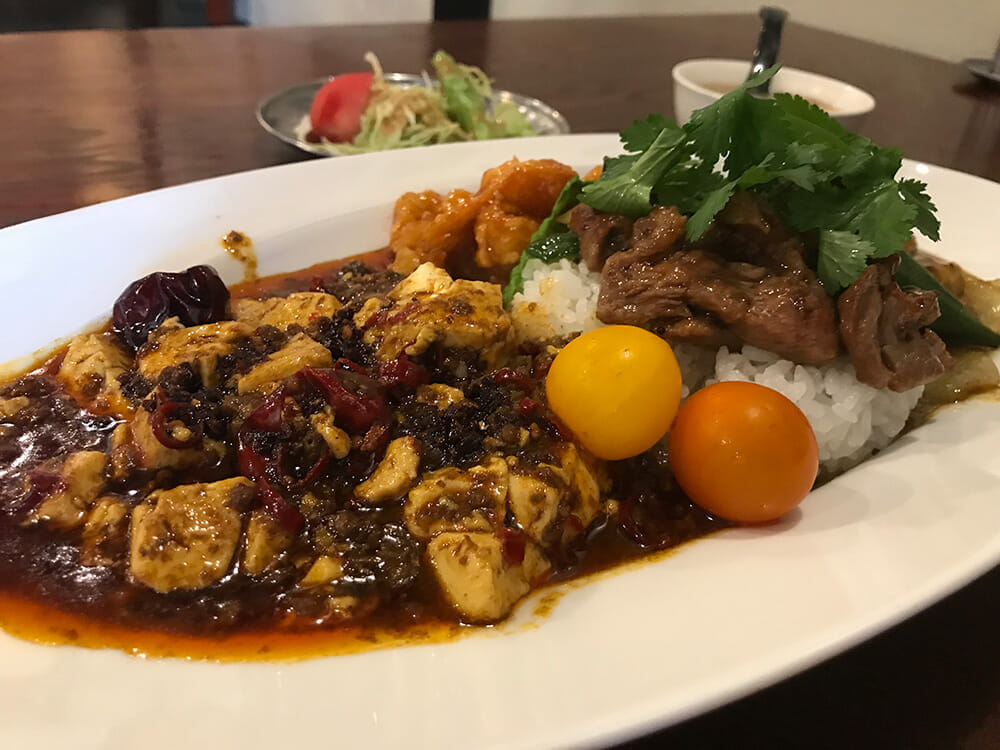
The "Eight Precepts" restaurant offers a wide variety of curry dishes, including Bean Paste Curry.
You can enjoy the fusion of Chinese and spices.
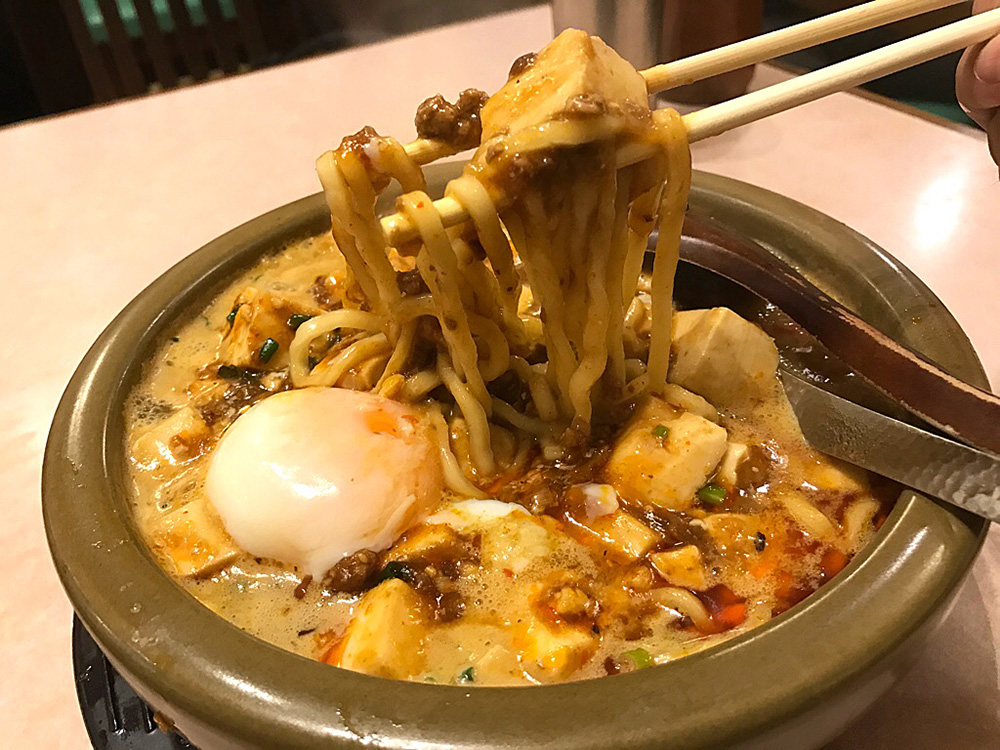
The specialty of Genrai Liquor is "Mapo Curry Noodle.
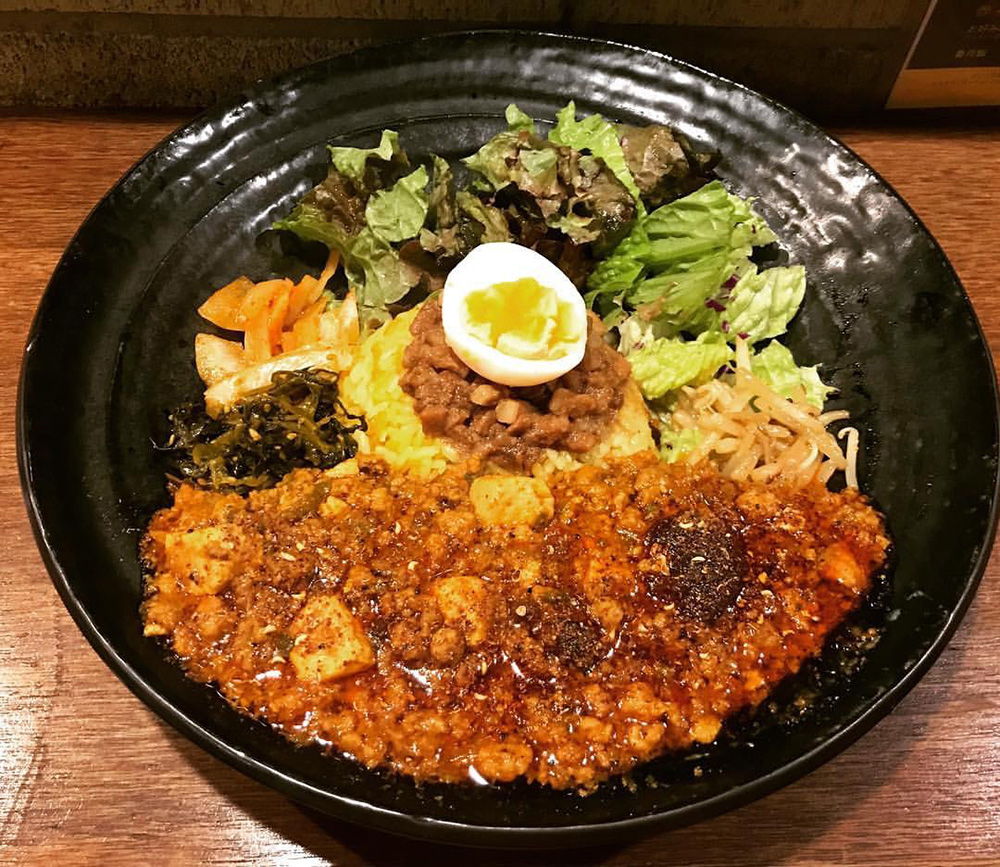
Limited edition "Mapo Tofu Curry Curry" at Lu Co.
In other words, South Indian x Taiwanese x Bean Curd!
In this way, it no longer matters whether "mapo doufu is curry or not.
No, really, it is not that it is unimportant, but it is very enjoyable to contemplate in this way.
Curry, a food diversity with unlimited possibilities.
What kind of Flight should we try next time?
PROFILE
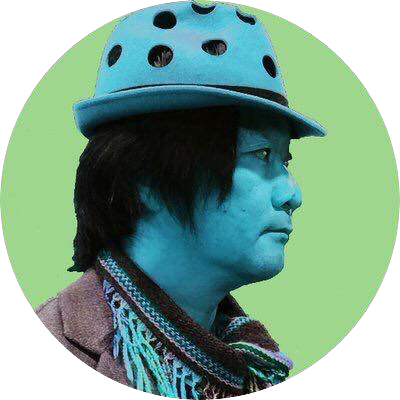
In pursuit of all kinds of curry and strange creatures. A spice radar by nature, he has visited more than 3,000 curry restaurants in Japan and abroad. He has been featured in many magazines and TV programs, and is a member of the Japanese Curry Awards selection committee.


